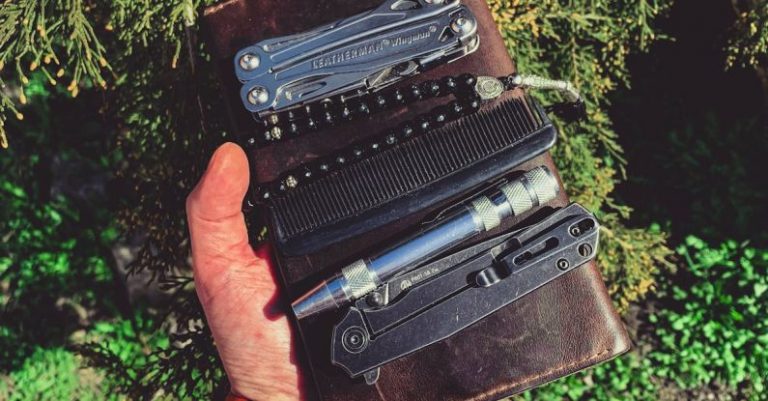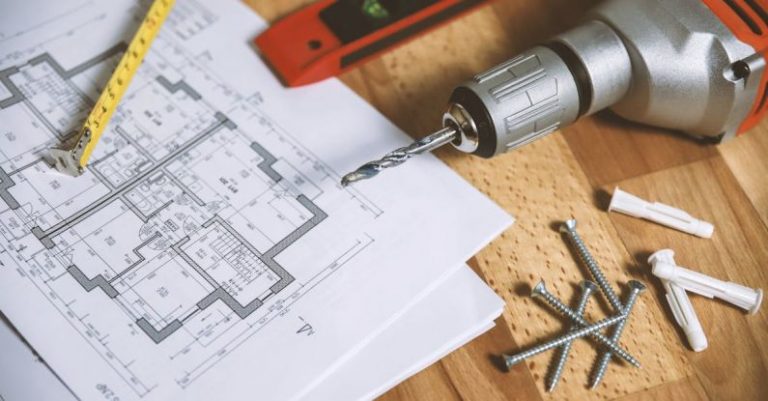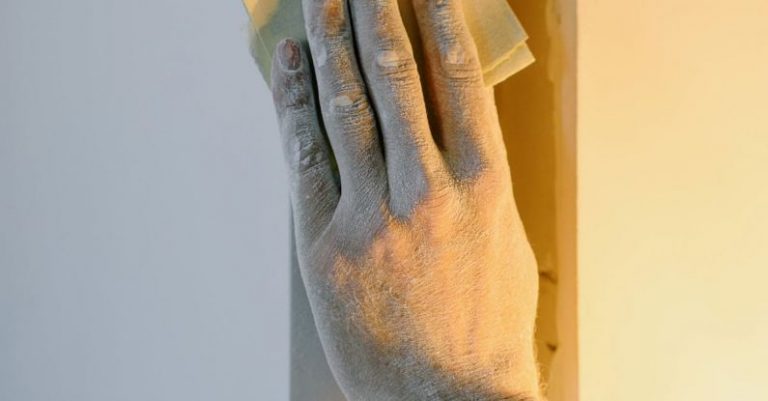Which Jigsaw Blades Are Best for Curved Cuts?

When it comes to making curved cuts with a jigsaw, choosing the right blade is crucial for achieving precise and clean results. Jigsaws are versatile tools that can handle a variety of cutting tasks, but using the wrong blade for curved cuts can lead to splintering, rough edges, and overall poor cutting performance. To help you navigate the world of jigsaw blades and find the best option for curved cuts, let’s explore some key factors to consider.
Understanding Blade Types for Curved Cuts
Selecting the appropriate jigsaw blade for curved cuts depends on various factors, including the material you are cutting, the curve radius, and the desired finish. The two primary types of jigsaw blades for curved cuts are scroll-cutting blades and narrow blades.
Scroll-cutting blades are designed with fine teeth and a narrow profile, making them ideal for intricate and tight curves. These blades excel at cutting hardwoods, softwoods, plastics, and thin metals with precision and minimal tear-out. On the other hand, narrow blades are thinner and more flexible, allowing for tighter turns and smoother cuts in materials like laminate, plywood, and MDF.
Factors to Consider When Choosing Jigsaw Blades
1. Material Compatibility: Before selecting a jigsaw blade for curved cuts, consider the material you will be cutting. Different blade materials and tooth configurations are suited for specific materials, so ensure the blade you choose is compatible with the material to achieve optimal results.
2. Tooth Configuration: The tooth configuration of a jigsaw blade plays a significant role in its cutting performance. For curved cuts, blades with fine teeth are preferable as they provide smoother cuts and reduce tear-out, especially in delicate materials like veneer or laminate.
3. Blade Width: The width of the blade impacts the turning radius it can achieve. Thinner blades are more flexible and can make tighter curves, while wider blades are better suited for larger, gradual curves. Consider the intricacy of your cutting pattern when selecting the blade width.
4. Blade TPI (Teeth Per Inch): The TPI of a jigsaw blade determines its cutting speed and finish quality. Higher TPI blades produce finer cuts but may cut slower, whereas lower TPI blades cut faster but with a rougher finish. For curved cuts, a balance between speed and finish is essential.
Best Jigsaw Blades for Curved Cuts
1. Bosch T101AO: The Bosch T101AO is a top choice for intricate curved cuts in wood and laminate. With its narrow profile and fine teeth, this scroll-cutting blade delivers precise results and minimizes splintering on delicate materials.
2. DeWalt DW3705H: The DeWalt DW3705H narrow jigsaw blade is known for its flexibility and durability, making it an excellent option for tight curves in plywood, MDF, and plastics. The blade’s design allows for smooth cuts without sacrificing speed.
3. Makita B-10: The Makita B-10 jigsaw blade is a versatile option for curved cuts in various materials, including metal and plastic. Its fine teeth and narrow profile enable precise cutting performance and clean edges, making it a reliable choice for intricate projects.
Conclusion: Finding the Right Blade for Your Curved Cuts
Achieving smooth and precise curved cuts with a jigsaw requires selecting the appropriate blade for the job. By considering factors such as material compatibility, tooth configuration, blade width, and TPI, you can choose the best jigsaw blade to meet your cutting needs. Whether you opt for a scroll-cutting blade for intricate designs or a narrow blade for tight curves, investing in high-quality jigsaw blades will ensure optimal cutting performance and professional results in your woodworking projects.





